
Old Osh
Welcome to old Osh! Let’s walk together at the foot of Suleiman Mountain, in the historical part of the city, and immerse ourselves in the stories of its medieval chronicles.
For many centuries Osh, due to its unique location, has been a focal point for the spiritual culture of the nomadic and settled peoples of the Fergana Valley. The center of attraction was Suleiman Mountain. At its base, remnants of architectural history have survived from the early Middle Ages to the present day.
We start our journey at the Asaf ibn Burhia Mausoleum, then follow the cobbled paths along the foot of the mountain to the ruins of a medieval bathhouse. Then we continue our route to Rabat Abdullah Khan Mosque, the only remaining monument of Shaybanid era. After that we make our way along Navoi Street to the picturesque Artisans Quarter, where we can see the Mosque of Mohammed Yusuf Bai Haji Ogli, an example of the ornate wooden architecture that was very popular in the Fergana Valley at one time. The end point of our journey will be the crossroads of Kurmanjan Datka and Navoi Streets, where a whole historic quarter of madrasahs and mosques used to stand.
Locations of the Tour
- Rabat Abdullah Khan MosqueRabat Abdullah Khan Mosque, a historical and architectural monument of the Shaybanid era, is located at the northern foot of the Suleiman Mountain.
- Madrasah of Khalmurzay and Mukhammedbay TurkToday, in the square between Navoi, Kurmanjan Datka and Lenin Streets, it is difficult to find the outlines of the old quarter of Osh. It lost its historical contours in the 1960s, when a rapid reconstruction began.
- Mosque of Mohammed Yusuf Bai Haji OgliMohammed Yusuf Bai Haji Ogli Mosque, an architectural monument of the 20th century, located on Navoi Street, is an example of a “guzar” (quarterly) religious building typical of southern Kyrgyzstan.
- Artisans QuarterArtisans Quarter is one of the favorite urban subjects of Osh painters. After Suleiman Mountain, it is the most recognizable location portrayed by local landscape artists.
- Medieval BathThe remnants of a medieval bathhouse at the northern foot of Suleiman Mountain were discovered quite unexpectedly in 1984 during construction work for a new pavilion.
- Asaf Ibn BurhiaAsaf ibn Burhia Mausoleum is located on the southeastern slope of Suleiman Mountain, and was built in the 18th century in the traditions of the Fergana architectural school. In historical chronicles it is mentioned as a mazar, or shrine.

Other Locations
-
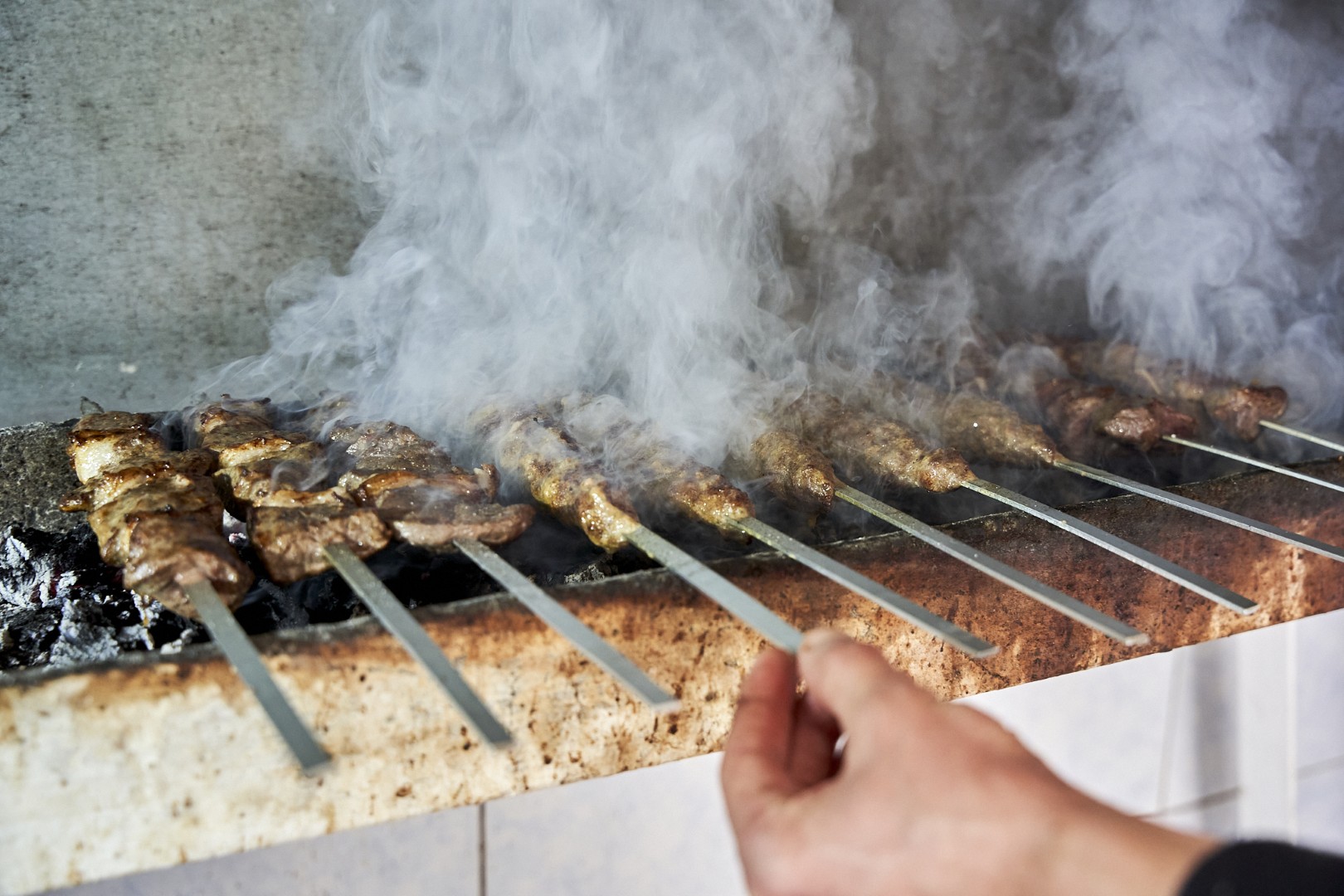
Shashlik!
Shashlik! This delicious dish, beloved all over Central Asia, is an Osh specialty for good reason. Almost every cafe offers many kinds of shashlik. There…
-
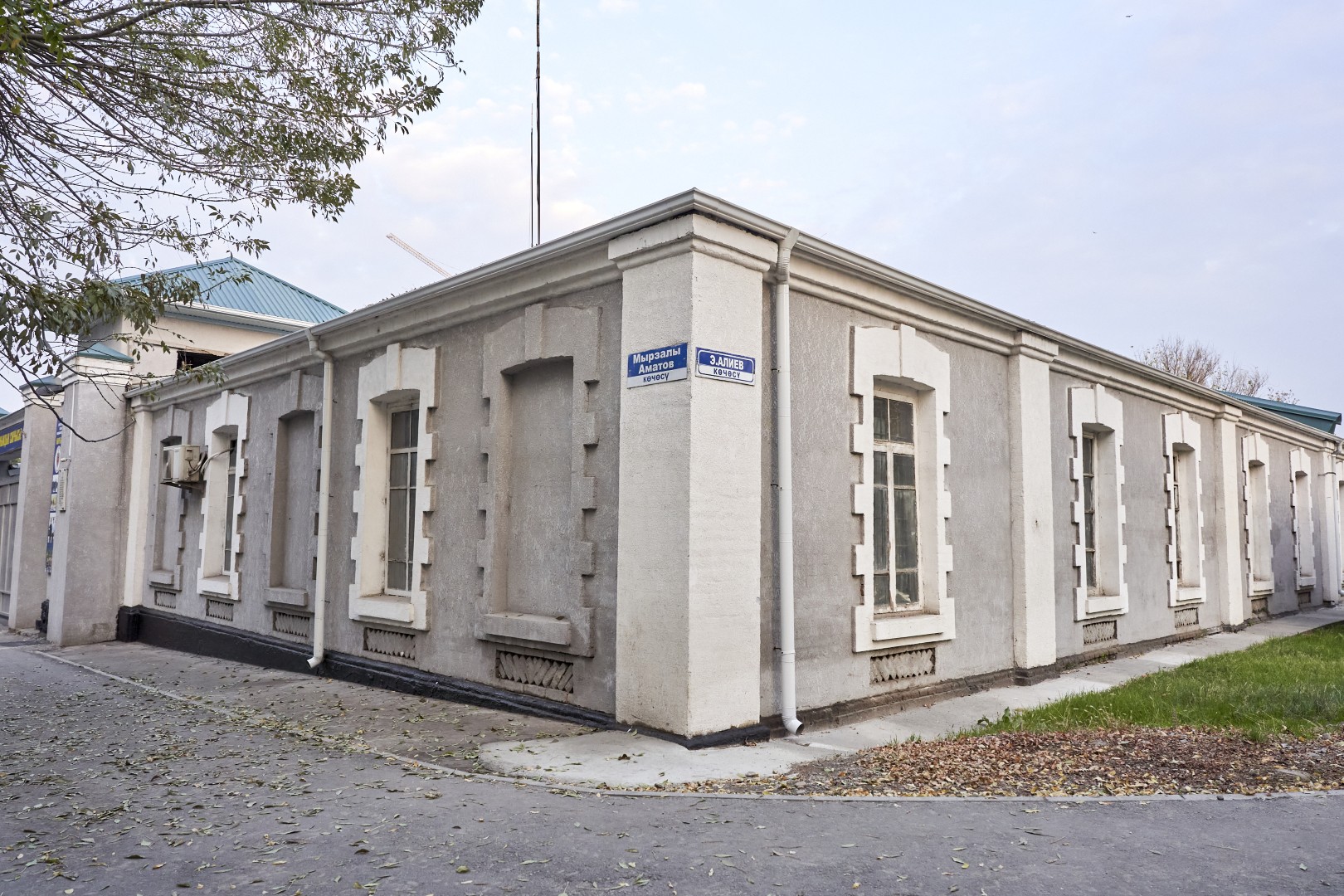
Osh Fortress
The Osh fortress was built in 1919 on the site of the former Tsarist Russian military barracks, located in the very center of the “new…
-

Madrasah of Khalmurzay and Mukhammedbay Turk
Today, in the square between Navoi, Kurmanjan Datka and Lenin Streets, it is difficult to find the outlines of the old quarter of Osh. It…
-
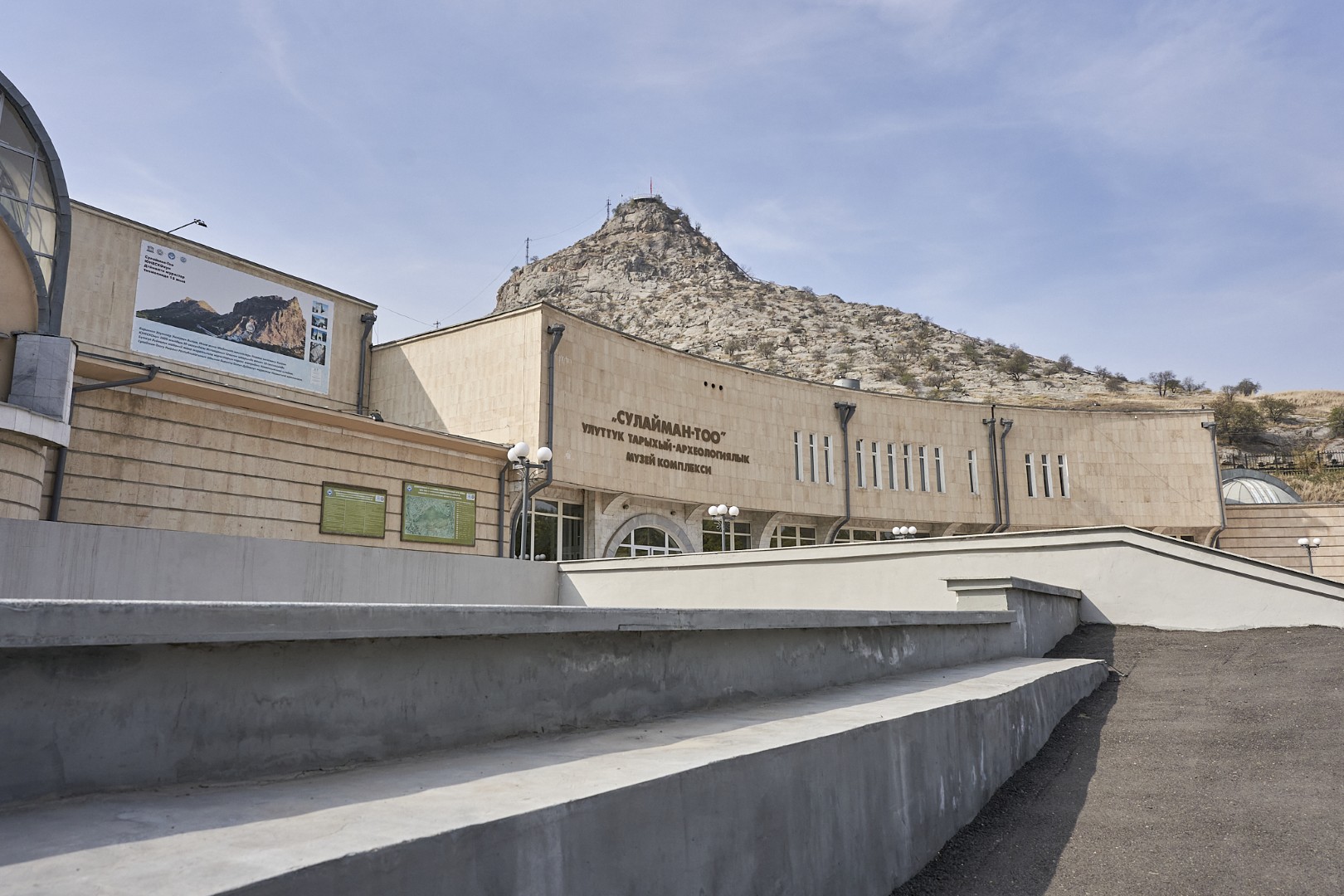
“Zero Milestone”: At the foot of Suleiman Mountain
The square at the foot of Suleiman Mountain’s north face has not always been the open and lively place it is today. Until the 1970s,…
-
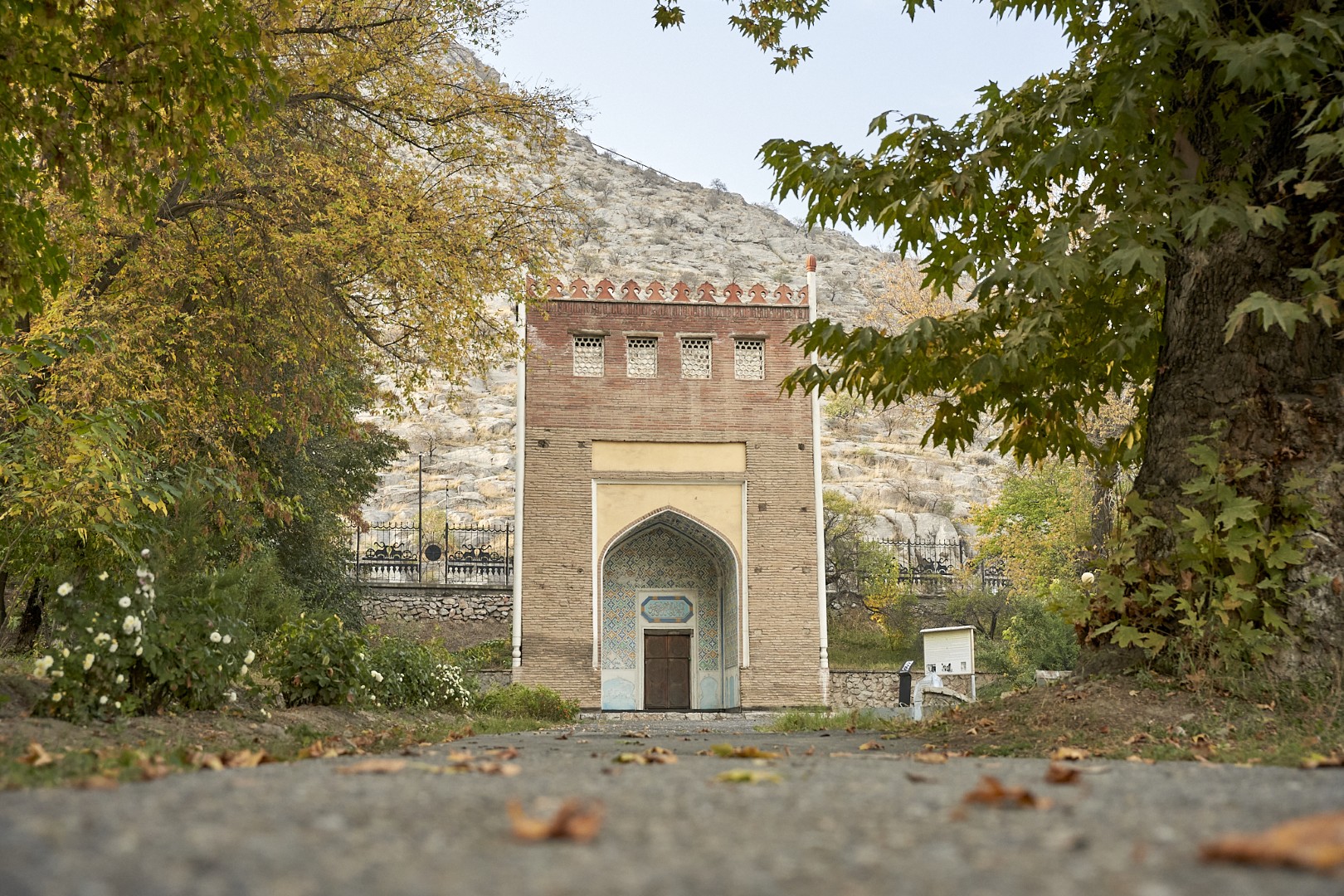
Asaf Ibn Burhia
Asaf ibn Burhia Mausoleum is located on the southeastern slope of Suleiman Mountain, and was built in the 18th century in the traditions of the…
-

Medieval Bath
The remnants of a medieval bathhouse at the northern foot of Suleiman Mountain were discovered quite unexpectedly in 1984 during construction work for a new…
-
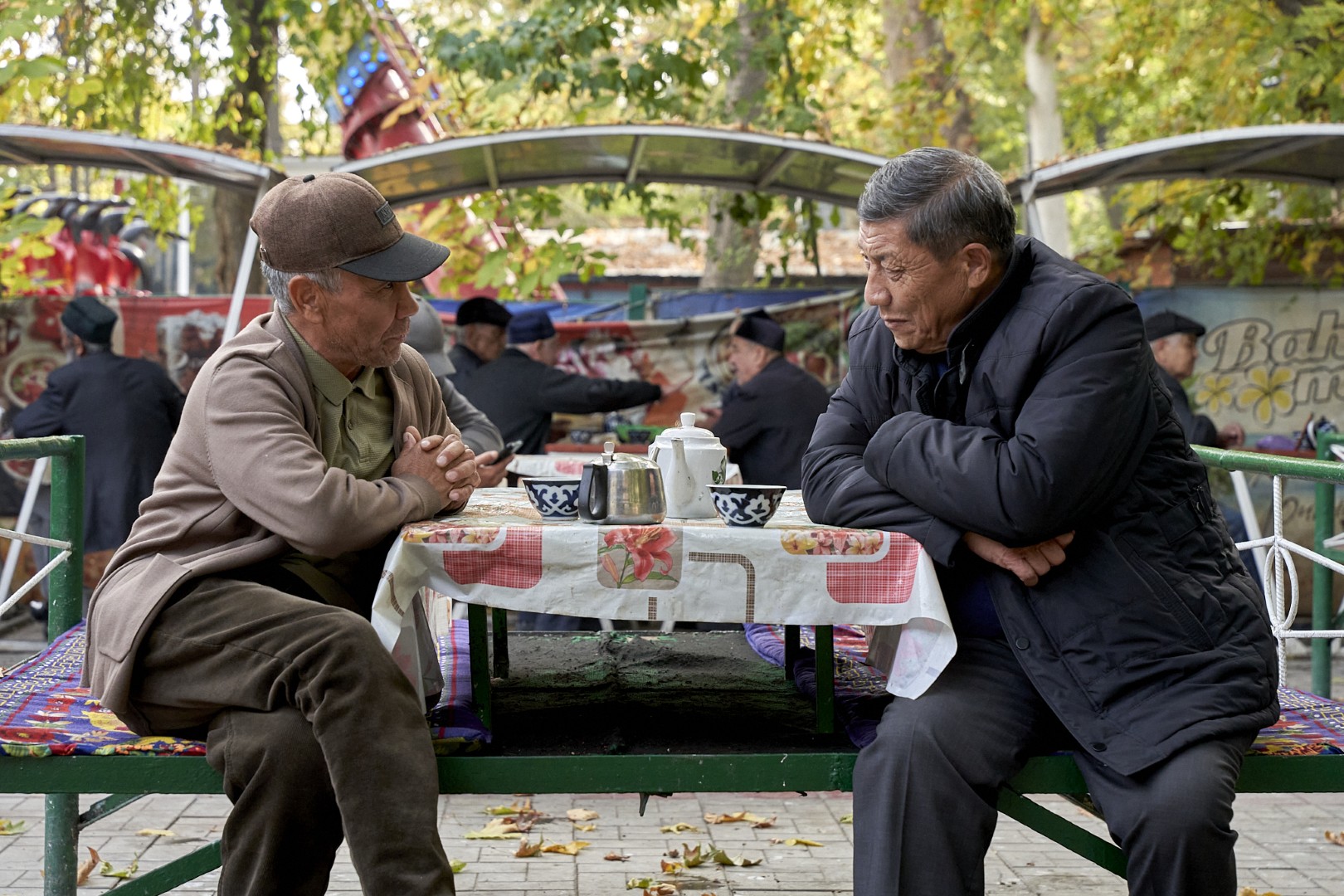
Pamil Tea
If you want to enjoy a cup of properly brewed fragrant green tea, Osh is the place to do it! Here, even in the height…
-
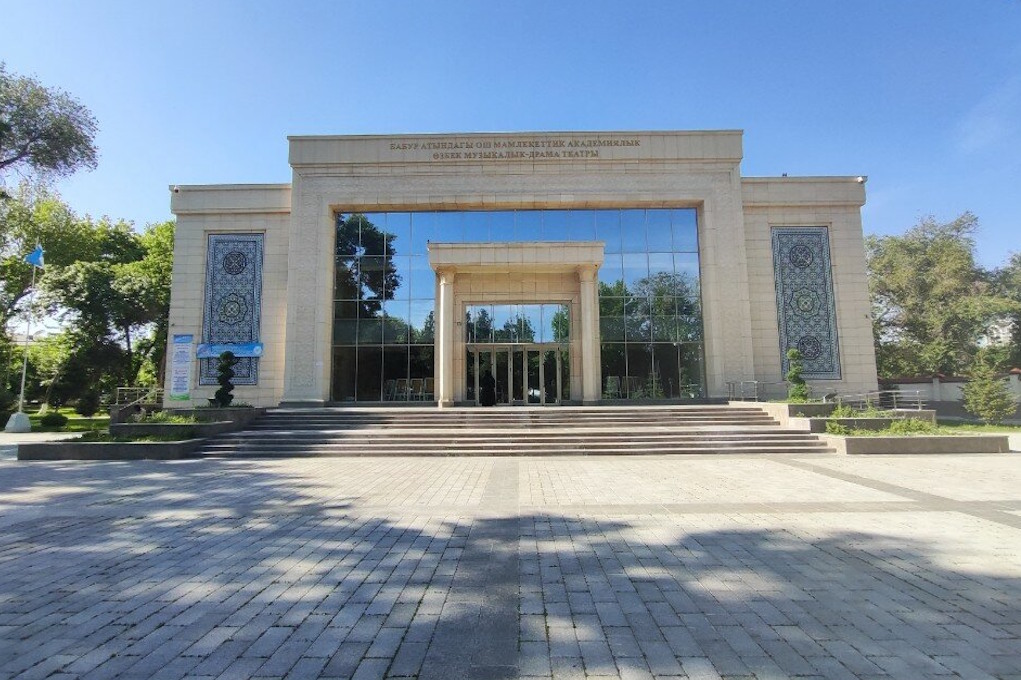
The very first theatre in Kyrgyzstan!
Osh’s theatrical history began in 1877, when local amateur theatres staged the play “Judgment of Men, Not of God” and the vaudeville production “Scandal in…







